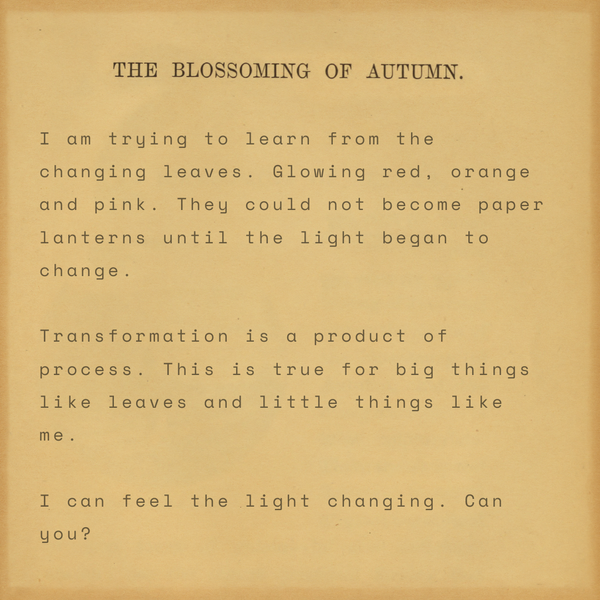Challenging racism is homemaking
Racial Justice at the Kitchen Table
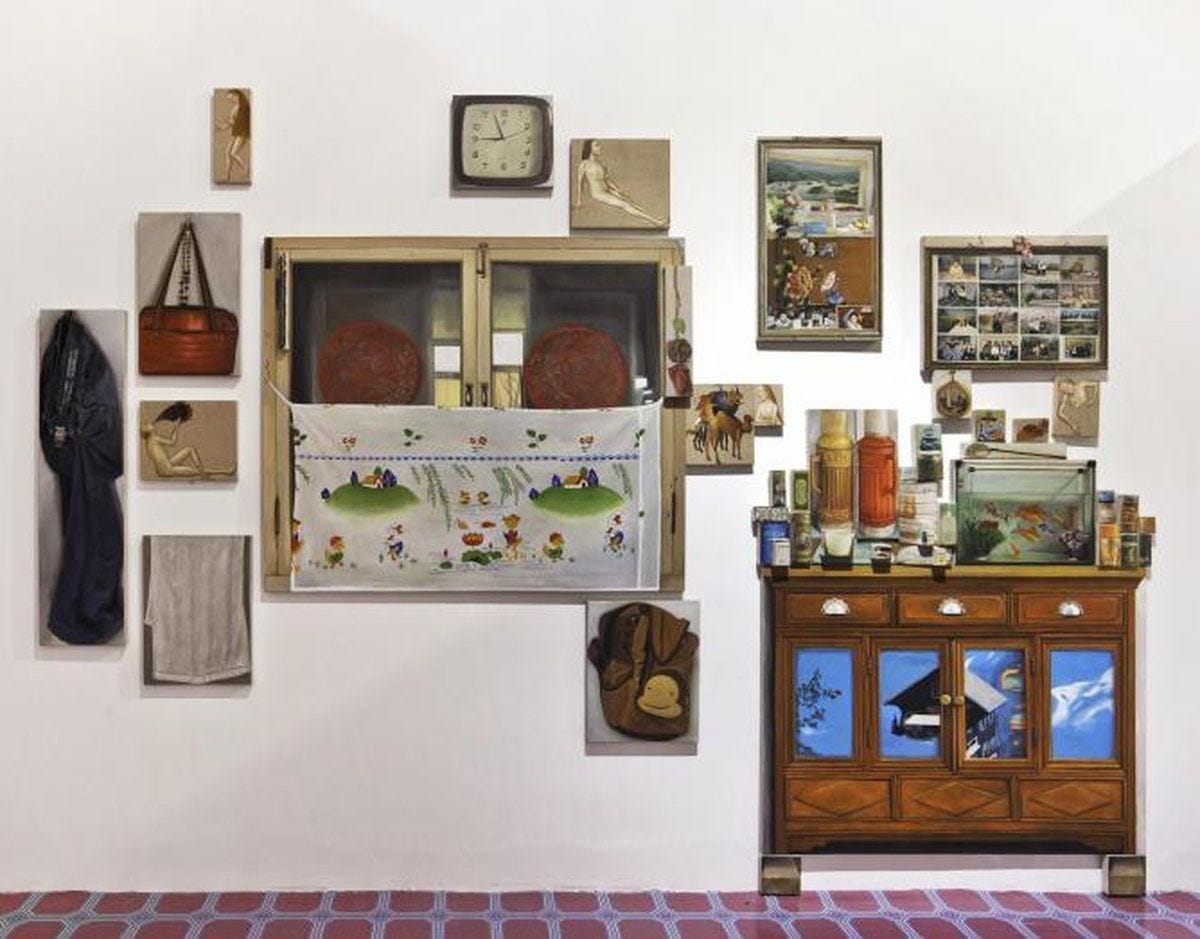
I write about home here. What happens in the home, how one home connects to another, what home tastes like, feels like, sounds like. Today, dammit to hell, I have to write about the racial violence that keeps people from going home.
Eight people didn’t go home last night. They were murdered by a domestic terrorist. He walked into three massage parlors in Atlanta and shot the people he found. Six of the eight killed were of Asian descent. The South Korean Consulate in Atlanta is reporting that four of the eight people killed were of Korean descent. Two of the people killed were white. All but one were women.
The mass murdering terrorist was apprehended. He claims he is a sex addict and blames the massage parlors for “providing an outlet for his addiction to sex.” When asked if the murderer had “been involved in sexual activity” at the massage parlors, the Mayor of Atlanta said she would not participate in ““victim blaming or victim shaming.” I don’t know if the women killed were sex workers. If they were, they deserved to be safe in their workplace. If they were not, they deserved to be safe in their workplace. When the terrorist was caught he said was on his way to Florida to kill women involved in Florida’s porn industry. In his confession, he said the crimes were not racially motivated.
Of course they were.
Six Asian women died at the hands of a white man because he believed they were temptations that need to be eradicated. This is a particular strain of racist misogyny that fetishizes Asian women and holds them accountable for white men’s impulses. The shooter didn’t spare the white female victim because he is a hateful disgusting murdering misogynist. He chose massage parlors full of Asian women to commit his atrocity because he is a hateful disgusting racist murdering misogynist.
One of Korea’s big dailies, Chosun Ilbo, has a witness at the spa saying the killer shouted “I am going to kill all the Asians” but law enforcement says this isn’t “racially motivated” 🤔
— Elise Hu (@elisewho) March 17, 2021
Cool cool cool https://t.co/KS3JVuvpee
We know from the Sara Everard case that the violence of misogyny threatens all women. Women of all backgrounds are hurt, often in their own homes, by men. But the Asian women in those massage parlors were at particular risk. In the United States, misogynistic violence that targets Asian American and Pacific Island (AAPI) women has often been excused and encouraged. Paisley Reckdahl, Utah’s poet laureate, writes, “And as a nation we've had a history of targeting Asian women. The 1875 Page Act specifically denied Chinese women entry to the country on fears of ‘immorality’ and also fears that they would ‘breed’ on US shores.” When Japanese Americans were forced into concentration camps during WWII, Japanese American women suffered gendered violence at the hands of their captors. They were also left unprotected from violence inflicted by men detained with them. Their captor’s violence and the lack of protection were both motivated by racialized misogyny.
Anti-Asian misogyny didn’t end when the war ended. Western culture is still rife with it. Just look at the movies. Too often women of Asian descent are depicted as offensive stereotypes. They’re written as a China Doll, submissive, eager and sexual. Or as a Dragon Lady, brutal, manipulative and sexual. Both stereotypes are set pieces made for white male domination. Neither of these stereotypes reflect reality. They were made up by oppressive white men! Oppressive men love to create a false reality and then do real harm because of it.
Police say the murder weren’t racially motivated; shooter patronized such establishments and wanted to stem his "sexual addiction." But it's impossible to detangle racism from misogyny and xenophobia, given the long history of how Asian women have been fetishized and dehumanized
— Vanessa Hua (@vanessa_hua) March 17, 2021
When the killer walked into those massage parlors, he was intent on dominating colonialist constructions of dolls and dragons. But of course, what he really did was murder real, complex people. Women who existed as whole humans completely independent of the obsessive rot of their murderer’s racism.
I want to know their names, who and what they loved, the people they had waiting for them at home, everything they hoped for. I want to know the fabric of their days and the contexts of their lives.
— kat chow (@katchow) March 17, 2021
The women killed in Atlanta were women with hearts, hopes, and homes. I can’t stop thinking about their homes. The ones they didn’t get to go back to last night. When I think about home, I think about Dong Yuan.
Dong Yuan is one of my favorite artists. Based in Beijing, Dong paints everyday objects found in everyday environments. Each object is given it’s own canvas and then all the canvases are arranged in a space so that viewers can walk through her painted world. One of my favorites of hers is a series of works depicting the view outside her apartment window. All of her installations move me, but the one that I come back to over and over again is called Grandmother’s House.
When Dong heard her grandmother’s house was going to be demolished, she decided to paint each of the things it held. Before the house was torn down she took photos of every object in every room and then she painted each photo. It took two years. She called the process of painting these objects “fixing it in memory”. Grandmother’s House is comprised of nearly 600 canvases depicting, “pots and pans, piles of newspapers, kitchen cabinets, window ledges and even a puddle from a wet umbrella.”
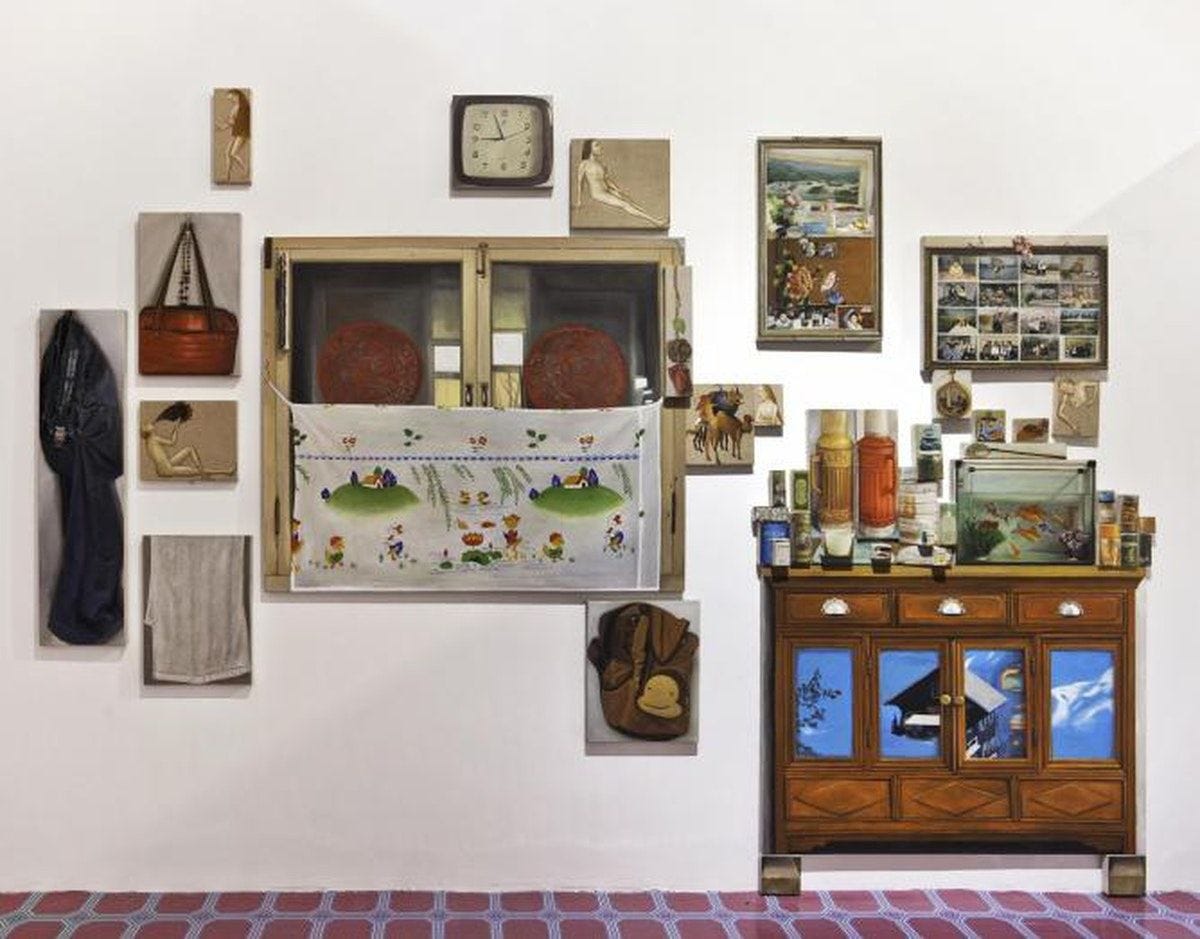
The beauty of the ordinary objects in Dong’s grandmother’s house is that they were purchased, placed, touched by her grandmother. The objects she chose to have in her home formed the environment around her. That environment was sustaining to Dong and so she wanted to sustain those objects. I understand this. When my dad died, the physical pieces of his lived life became precious. I saved receipts he’d signed, a belt buckle, a pen. Those ordinary objects were made precious through loss. An umbrella becomes a relic when someone you love held it.
Sometimes, when I miss my dad, I visit images of Grandmother’s House. The home I grew up in Southern California looks radically different from Dong’s grandmother’s home. I am from a different place and a different culture. But Dong’s work helps me remember the resonance of ordinary objects in home environments. It helps me recognize the preciousness of the little things my dad left behind, it encourages me to recall the arrangement of those things before he died.
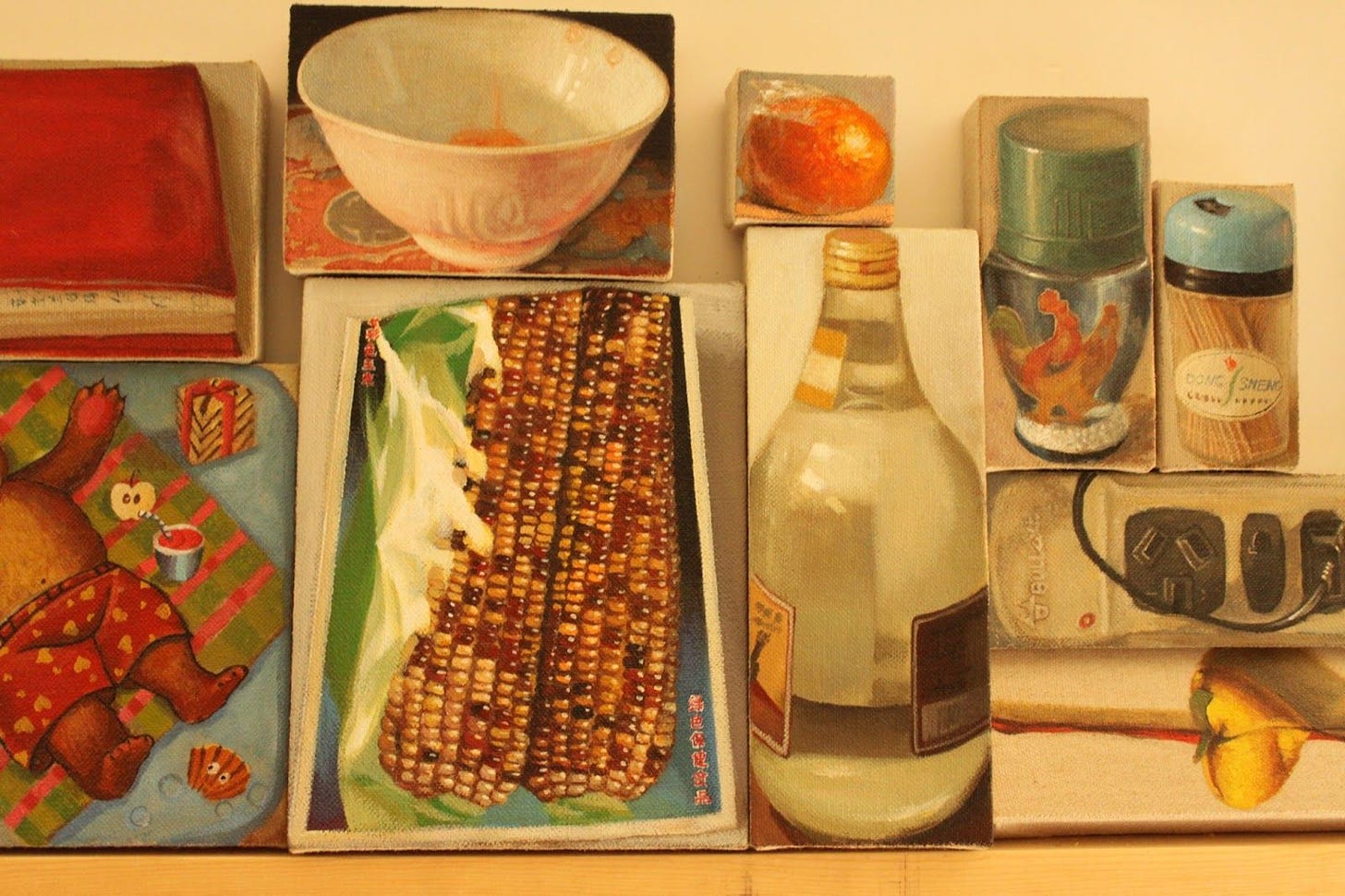
After I heard about Tuesday’s massacre, I went back to my computer and sat with the images from Grandmother’s House. The women who were killed can never go home. I keep thinking about the last objects they touched in their homes. Maybe one straightened a pile of books by a bed before leaving for work. Maybe another left a dinner plate by the sink. Perhaps there is a favorite pen or best-loved blanket. The loved ones of the victims will pause before these objects in the days, months, years to come. A child will keep a pen their mother always used, a partner will hold onto a favorite mug - even though its cracked. Those ordinary objects should not have been made precious because of a loss through violence.
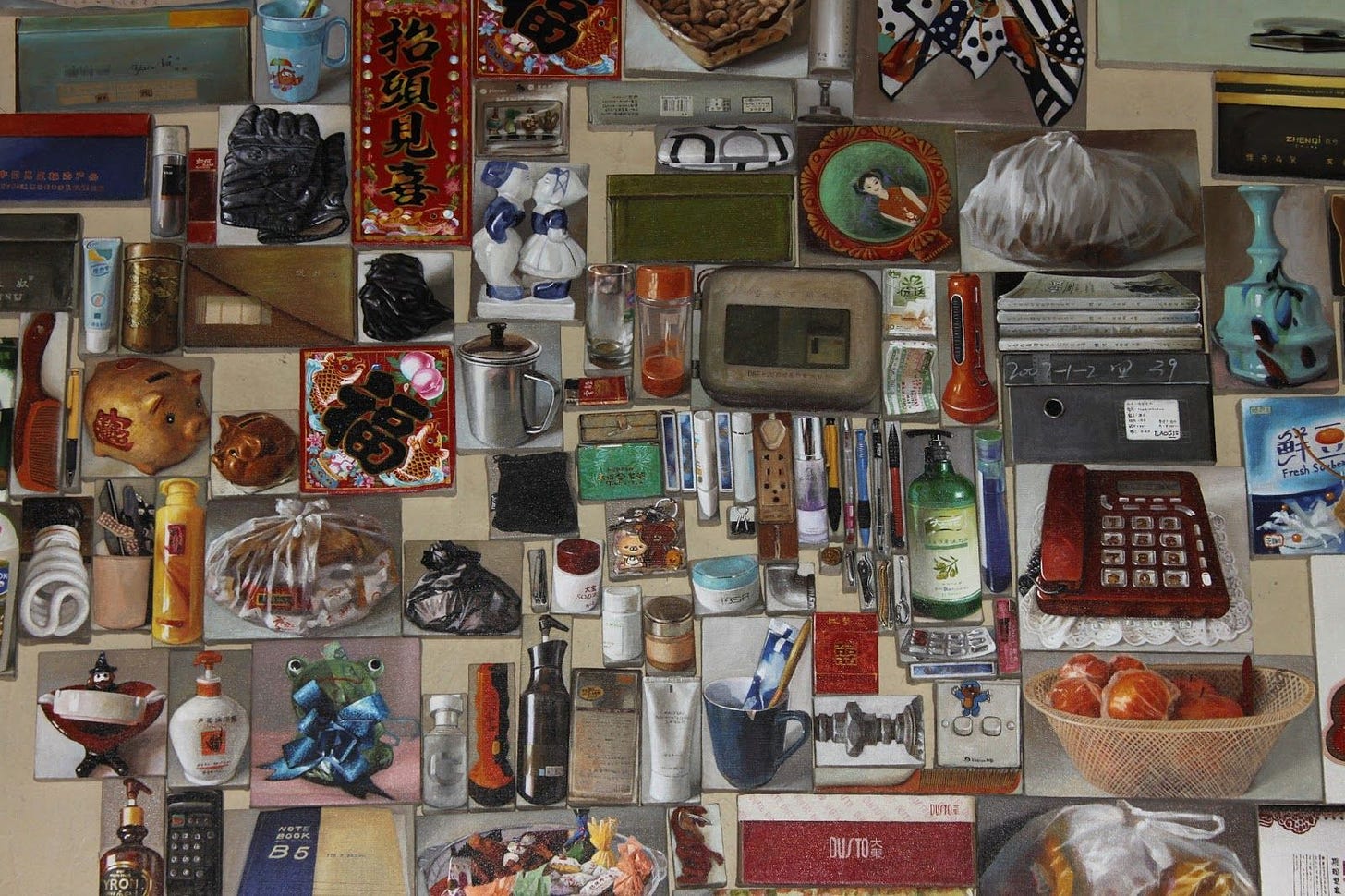
While the families of the victims gather to mourn, white people gather to decry the violence on social media. We condemn racism in captions and we share instagram stories of solidarity. It’s not enough. There is real work to be done. And much of it is in our homes. The work will look different depending on who is in the home.
Right now, I want a moment with people with kids in the home. The ordinary objects that make up our environment aren’t the only things our kids will fix in their memories when they leave home. The conversations we had so often they becameordinary will make up their recollected environment too.
Our kitchen tables are everyday objects our children will always remember. When we sit around those tables we must have conversations they cannot forget. It is not enough to avoid racist, misogynist rhetoric in our homes. Omission of oppressive narratives does not liberate the oppressed. As Nicole Chung wrote recently, “There’s no neutral choice or position here: If we’re not challenging and educating our kids about racism, we leave them at risk of perpetuating it—or enabling it, standing by and silently watching while others are harmed.”
Challenging and educating our children is real homemaking. It makes our home safe for others and it protects others’ homes from harm. Here’s just a few things we should be talking about around the kitchen table last week, this week, and every week afterward.
We must understand the past and present manifestations of racism toward the AAPI community in America. We need to teach that past and present to our kids. We need to help our children understand that women are neither temptresses nor saints, they’re people. Sex is not some mighty weapon that immoral women wield against innocent men. Neither women nor their sexuality control men or make men do bad things. Sometimes men who are “nice” to white women are demeaning and violent to Black, Indigenous, Asian American, Pacific Islander and other Women of Color. Those men aren’t good guys who had a bad day, they’re bad guys who seek out the most vulnerable to violate.
Talking about these things is good, acting after talking is necessary. As this question every week, “What action are we going to take as a family to help the members of our community who suffer from racial injustice?” After you ask the question around your dinner table, answer it with work outside your home. Action is a kind of dialogue too. There is an age appropriate version of each point for each kid at your table. Find it, start talking and don’t stop.
Conversation about the absolute non-negotiable humanity of every person can and must become an ordinary precious thing in our homes. When it does, when it is as familiar as the picture hung above your couch, as known as the top of your kitchen table, the worth of every person your kids encounter will be fixed in their memories and presented in their actions.
Start now. People are dying.
The AAPI community cannot and should not be reduced to the harms done to them. The community is rich and varied and beautiful. AND. Asian Americans exist wholly outside of my interaction with their community. No member of AAPI needs me to engage with their culture to validate their culture. They do not need me to engage with their work to validate their work. Like, I truly do not matter! ALL OF THIS SAID, I am going to share some of my favorite AAPI creators here because while they do not need me, engaging with their work has made my life more complete.
Nami from Just One Cookbook teaches me how to make Tamago Sando. Jiayang Fan reaches me whether she is speaking or writing. I’ve read Pachinko three times. I return to The Refugees over and over again. Frankie Huang writes words that stick. Ocean Vuong wrecks me. Brontë’s favorite picture book is Eyes That Kiss in the Corners. How Much of These Hills is Gold will never leave me. A few years ago, Margaret, Viola and I got to meet Grace Lin at a book signing in Berkeley. She signed our copy of Where the Mountain Meets the Moon. My girls still talk about her years and years later. I was in the middle of a pretty traumatic miscarriage when the book signing happened. But when I look at photos of that night, I don’t feel any grief. She made my daughters’ worlds wider that night. Minari is as good as you’ve heard. Watch it this weekend. Don’t just consume AAPI culture. Support it. Here are a few places to donate to help people in the AAPI community.



